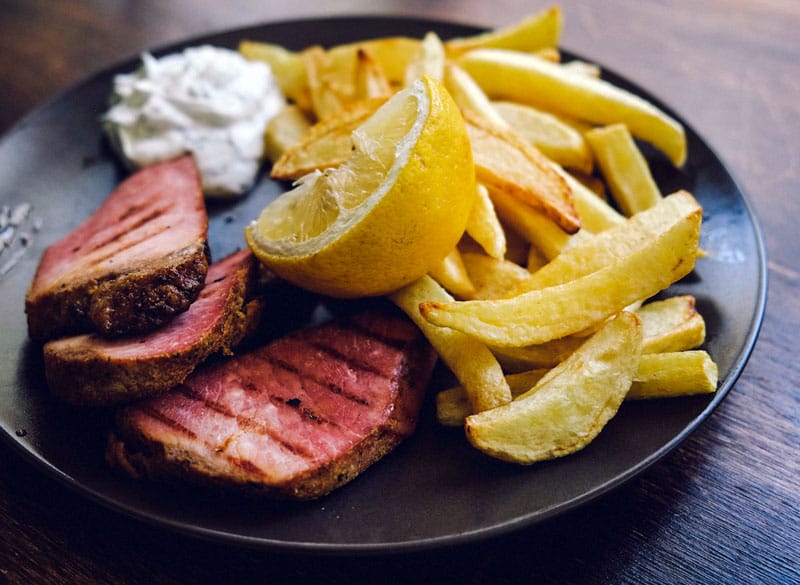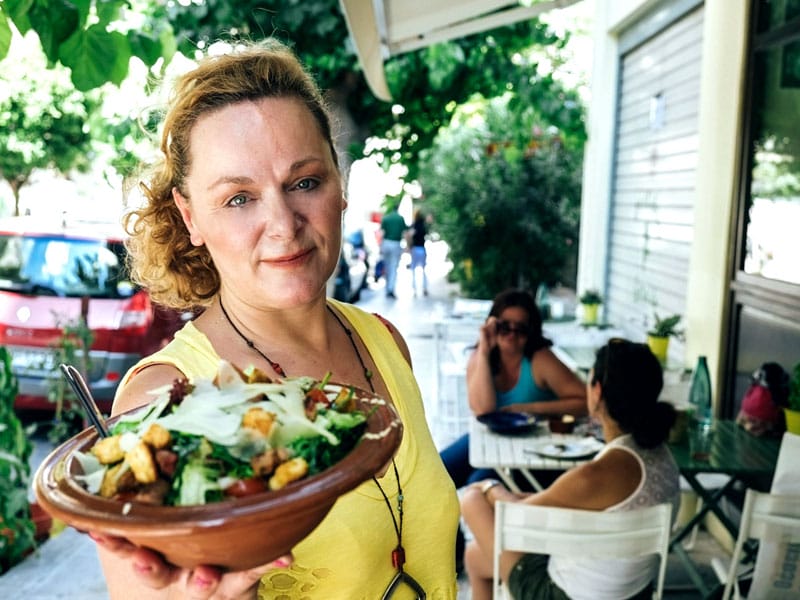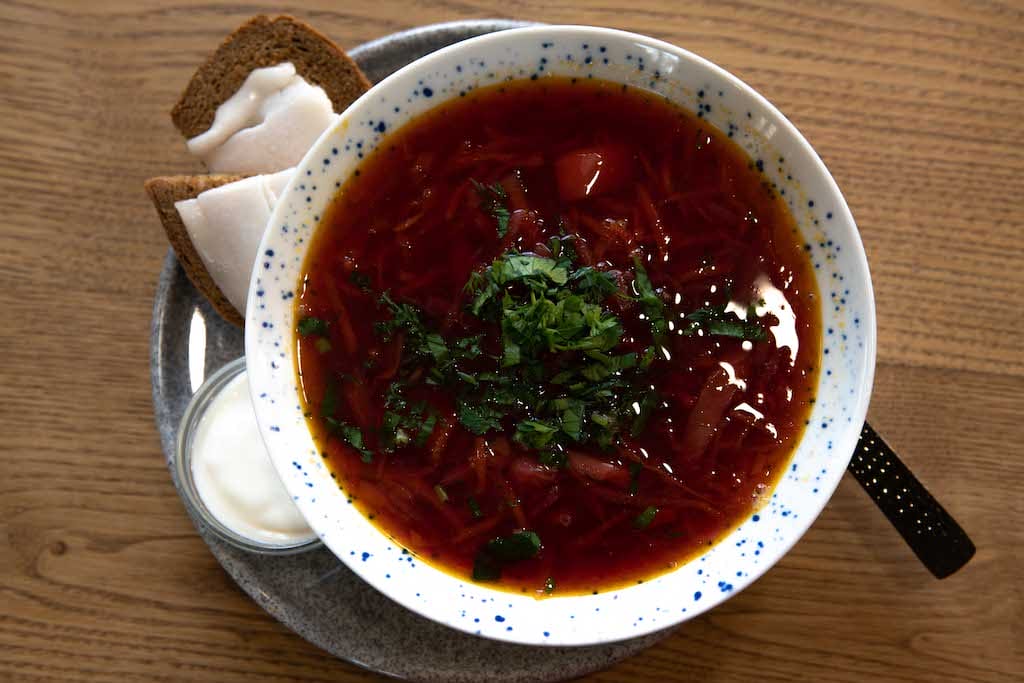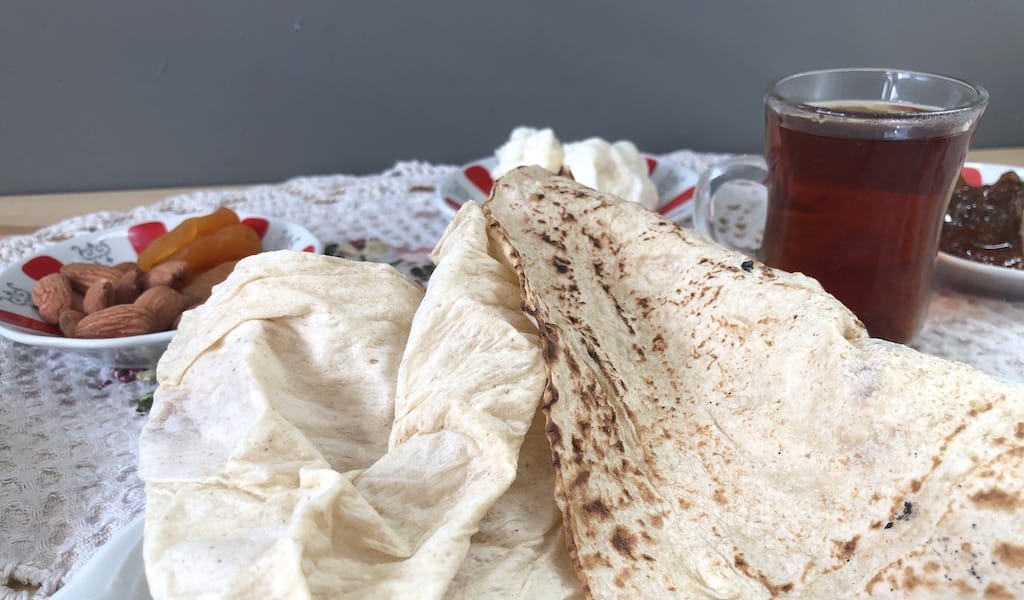Update: This spot is sadly no longer open.
Dear Culinary Backstreets,
I keep hearing about the wonders of Cretan cuisine, but is it really any different from regular Greek cooking? And is there anywhere nice to try it in Athens?
The fashion for Cretan cooking took Athens by storm right before the start of the financial crisis. Nobody knows exactly what brought it on. Some argue that it was the influence of a number of Cretan bakalika – old-fashioned mini-markets that later turned into delis – while others point to the opening in 2005 of the first upscale Cretan restaurant in Athens, Alatsi. Although it is now but a shadow of its former self, this restaurant, located in the neighborhood right behind the Athens Hilton, probably deserves most of the credit for the city’s recent surge of interest in Cretan cooking. Alatsi introduced Athenians (especially Athenian high society) to dishes such as gamopilafo, a laborious wedding dish in which rice is cooked in lamb and chicken stock for hours.
Unlike the high-end, expensive Cretan cooking proffered by Alatsi, however, the cuisine of Greece’s largest island is essentially quite simple. Vegetables, mainly wild herbs and legumes, are eaten with top-notch olive oil, along with cheeses, snails and honey (Western-style cream-based desserts are noticeably lacking). There is traditionally a preference for whole-wheat flour, which is used to make dakos, a hard, whole-wheat rusk bread that is one of the island’s most famous exports to the mainland and has become a staple of the Greek diet over the past 20 years. The cuisine tends to be light and healthy – meat is only meant to be consumed on special occasions – and the island has traditionally been associated with Greece’s highest rate of longevity (although, thanks to a highly publicized New York Times article, that title now belongs to the Aegean island of Ikaria).

One of our longtime favorite places in Athens for Cretan cooking is Kriti, a family-run restaurant hidden inside an old-fashioned arcade in Kanigos Square. This cheap and unassuming venue has been serving the same dishes for more than 20 years – since well before the current Cretan cooking craze – and the food is the real deal. In the same vein, there is a homey little place in Petralona called To Kritiko Steki that has also been around for years. Don’t be put off by the battered wooden furniture and taverna-like décor; this humble mageireio, or “cooking house,” serves lovely food with excellent value for money, which makes it popular with students and other locals. Our favorite dish here is the marathopita, a super-thin fennel pie with a highly aromatic flavor.
If you’re looking for something a bit more stylish (both Kriti and To Kritiko Steki are small, old-fashioned places that haven’t changed much over the years), there is an exciting new Cretan restaurant in the Ambelokipoi neighborhood. Named after a short story by one of Greece’s most important novelists, the late Alexandros Papadiamantis, Eros Iros recently opened behind the old stadium of Panathinaikos, Athens’ top football team. The venue feels comfortable yet chic at the same time, with a sidewalk seating area with white and green tables and plants in colorful pots scattered around, while the restaurant’s interior is equally impressive, with high ceilings, dark oak tables and interesting decorative pieces.

Although slightly on the pricey side, the food at Eros Iros is excellent. The madaritiki salad – lettuce, arugula and stamnagathi (a tangy wild herb from Crete) topped with shavings of graviera (Cretan Gruyère cheese) and pieces of apaki (a Cretan smoked pork sausage marinated in vinegar) – was wonderfully fragrant and tasty. The fried kalitsounia, soft phyllo pastries filled with xynomizithra (a sour goat’s cheese produced mainly in Crete) and spearmint, were fresh and fragrant, a clear indication of Eros Iros’s use of top-quality materials in its dishes. Apaki sausage was also served grilled, as a main course – sort of the Cretan answer to European charcuterie dishes. This main course was once again delightful, being both intensely flavorful yet light at the same time. Just like all Cretan cooking, we think. – Despina Trivolis
 March 15, 2022 Lui Coffee
March 15, 2022 Lui Coffee
It started with a resurfaced meme. A 1953 black-and-white photo of a […] Posted in Tbilisi December 23, 2020 Essential Bites
December 23, 2020 Essential Bites
Müşterek’s Mezes on the Move
Müşterek has been my favorite meyhane for quite some […] Posted in Istanbul September 13, 2017 319 Noodle House
September 13, 2017 319 Noodle House
These days, you won’t find anyone reaching for their wallet while dining out in […] Posted in Shanghai
Published on July 12, 2013
Related stories
March 15, 2022
Tbilisi | By Pearly Jacob
TbilisiIt started with a resurfaced meme. A 1953 black-and-white photo of a Ukrainian-emigrant-owned restaurant in Washington, D.C., offering free borscht to celebrate Stalin’s death. Seeing it reposted now has reminded me of the culture war that simmered last year over the hearty, beetroot-heavy soup when celebrity Ukrainian chef Ievgen Klopotenko started a campaign to have…
December 23, 2020
IstanbulMüşterek’s Mezes on the Move Müşterek has been my favorite meyhane for quite some time, but I’ve been less than vocal about this in public. During its heyday, it could be tough to get a table in the cozy space even on a weekday, so I preferred to keep mum about this beloved spot on…
September 13, 2017
ShanghaiThese days, you won’t find anyone reaching for their wallet while dining out in Shanghai. Cash has become almost obsolete as virtual currencies corner every last slice of the retail payment market. QR codes and app-based systems are the new normal, even for transactions less than the equivalent of US$1 (like our beloved breakfast street…


















































































